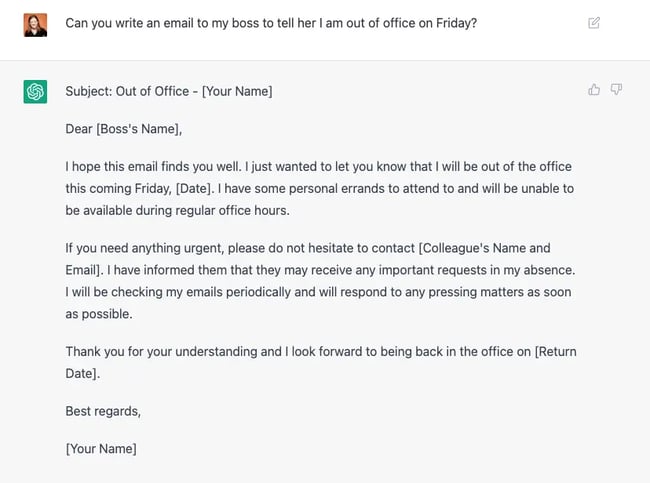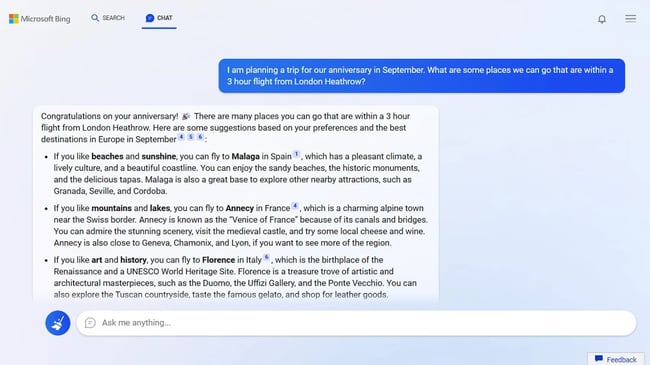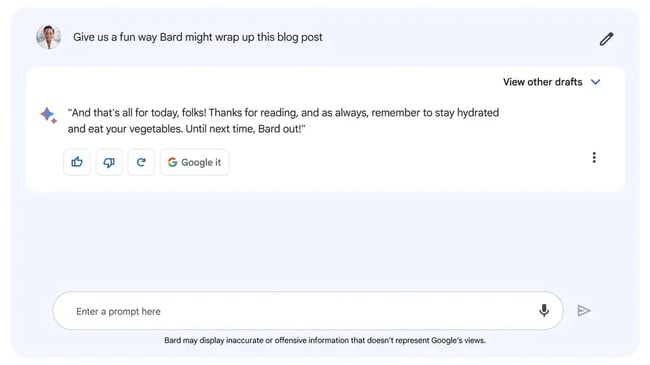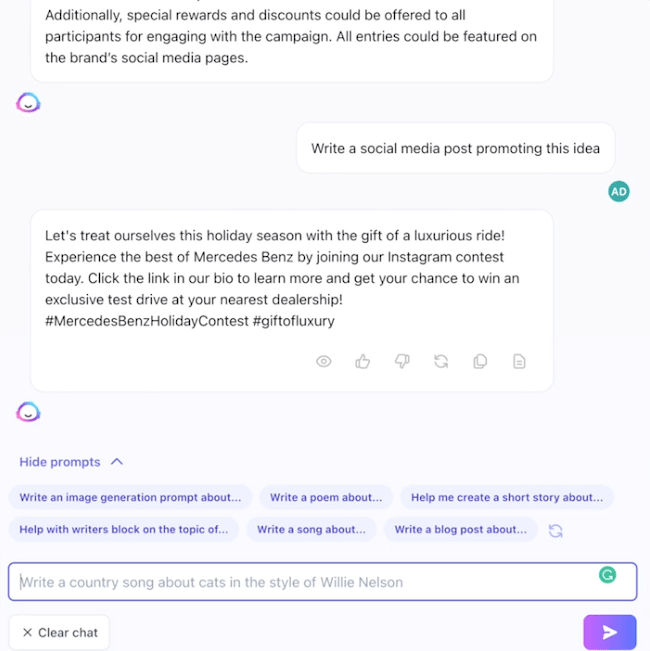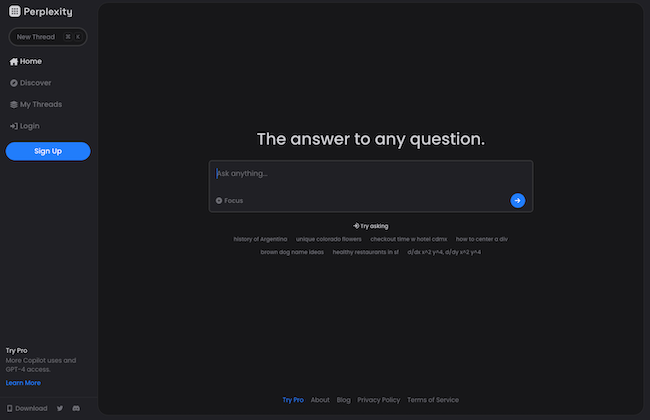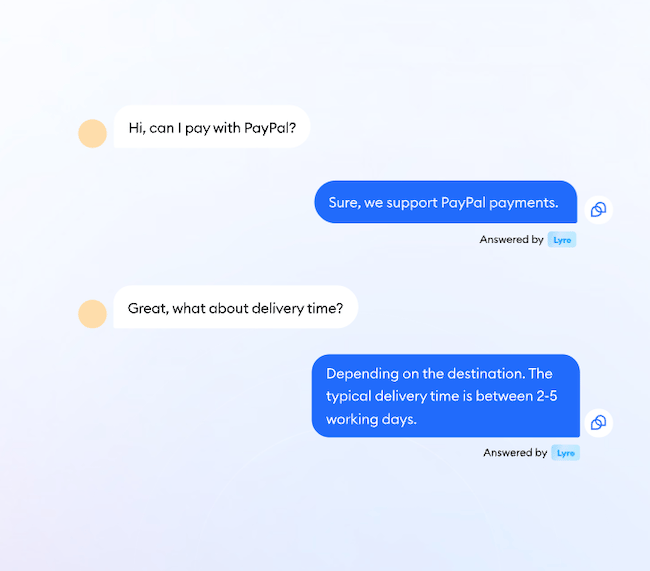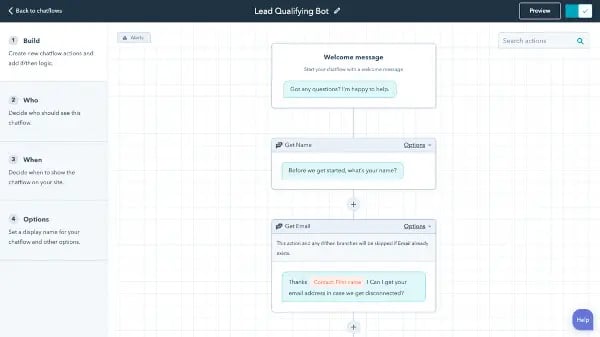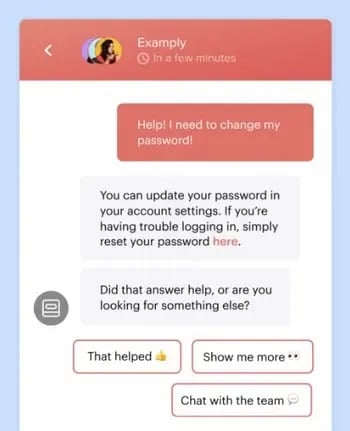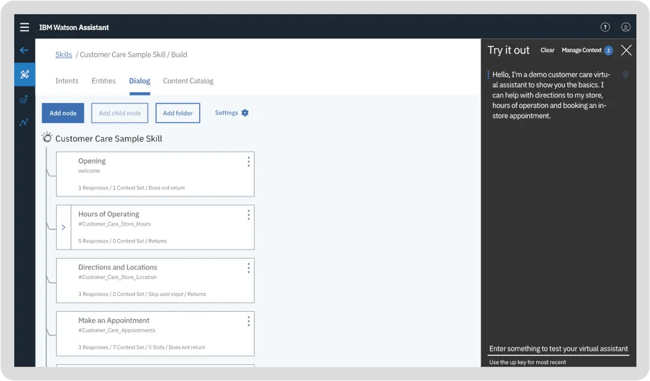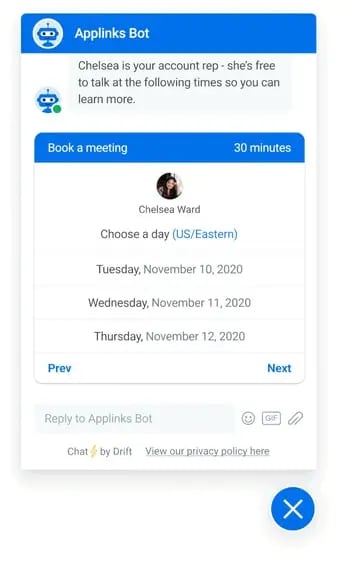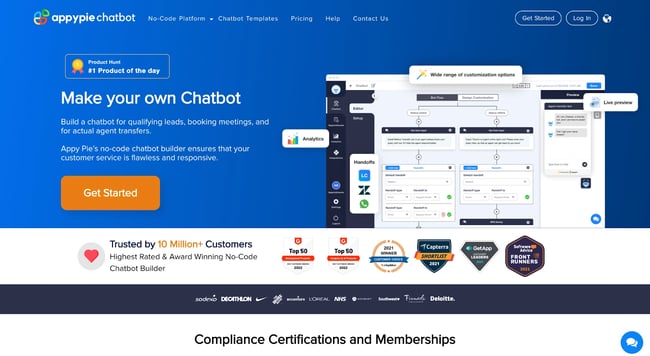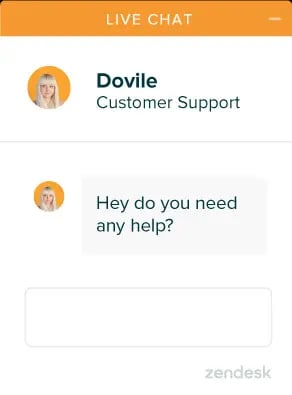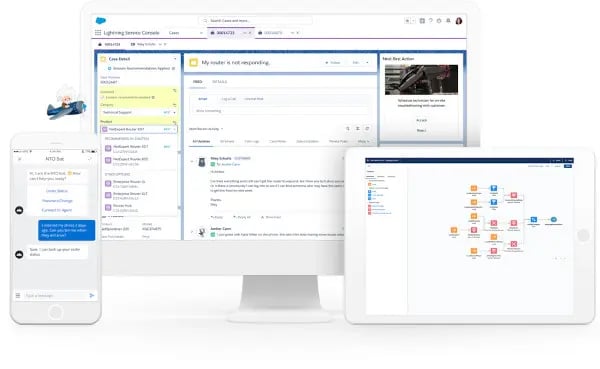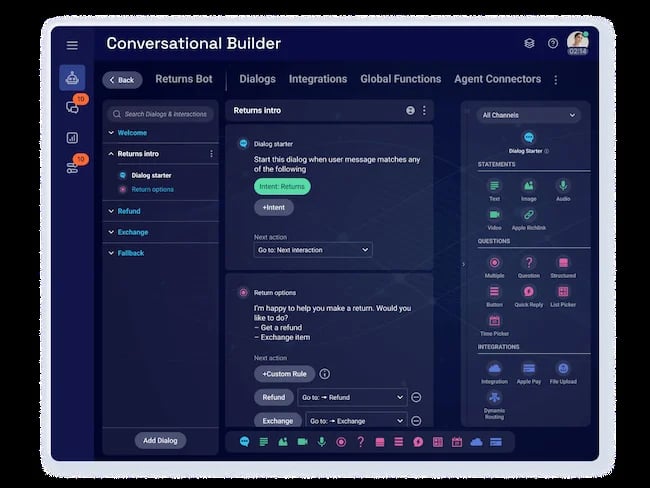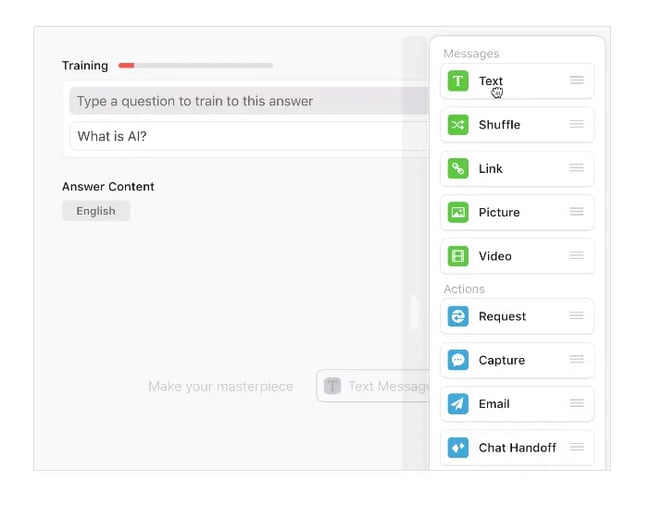Let‘s talk AI. We’ve all dabbled in it, been awed by its potential, and maybe even been a bit overwhelmed. Our State of AI Report found that one in five business professionals use AI and/or automation in their role. In marketing, it’s even higher.
But here‘s the catch: AI isn’t just about algorithms and automation. It‘s about creating genuine, transparent connections. Just as we craft compelling stories for our brands, it’s time to understand our AI‘s narrative. If you’re nodding along, thinking, “Absolutely, but where do I start?” you’re in the right place.
Dive in as we unravel the art of AI transparency, ensuring it becomes not just a tool in our marketing box but a trustworthy ally. Let’s set the stage for a future where AI and authenticity go hand in hand. Shall we?
What is AI transparency?
AI transparency is the practice and principle of making artificial intelligence (AI) systems understandable and interpretable to humans.
Think of it as the “open book” approach to AI, where these advanced systems’ logic, functions, and decision-making processes are clear and understandable.
Now, why is this concept crucial, especially for marketers like us?
Imagine launching an AI-powered campaign. While the results are impressive, you’re left scratching your head, wondering how AI made certain decisions.
Without transparency, you‘re navigating a dense fog with no clear understanding of how AI algorithms interact with data to drive decisions. The goal? Ensuring we’re not just blindly following AI outputs but truly understanding the “why” and “how” behind them.
When we deploy an AI-powered campaign or use AI-driven insights, we’re not just crunching numbers but shaping brand narratives, consumer perceptions, and business outcomes. AI transparency ensures we make these pivotal decisions with full awareness and knowledge of how the entire system works.
But here‘s the kicker: Transparency is about more than just comprehending the tech side of things. It’s also about establishing trust, not just with us but with our audiences.
By fostering a clear understanding of AI processes, we can better align our strategies, anticipate potential pitfalls, and, most importantly, maintain ethical standards in our campaigns.
Why does AI transparency matter?
As marketers, we’re often navigating a digital landscape teeming with innovation, and AI is one of the most transformative technologies on the horizon.
But here’s a thought: How often do we pause and wonder, “How does this AI tool actually make decisions?”
This question leads us straight into the realm of AI transparency. Let’s dive into its importance.
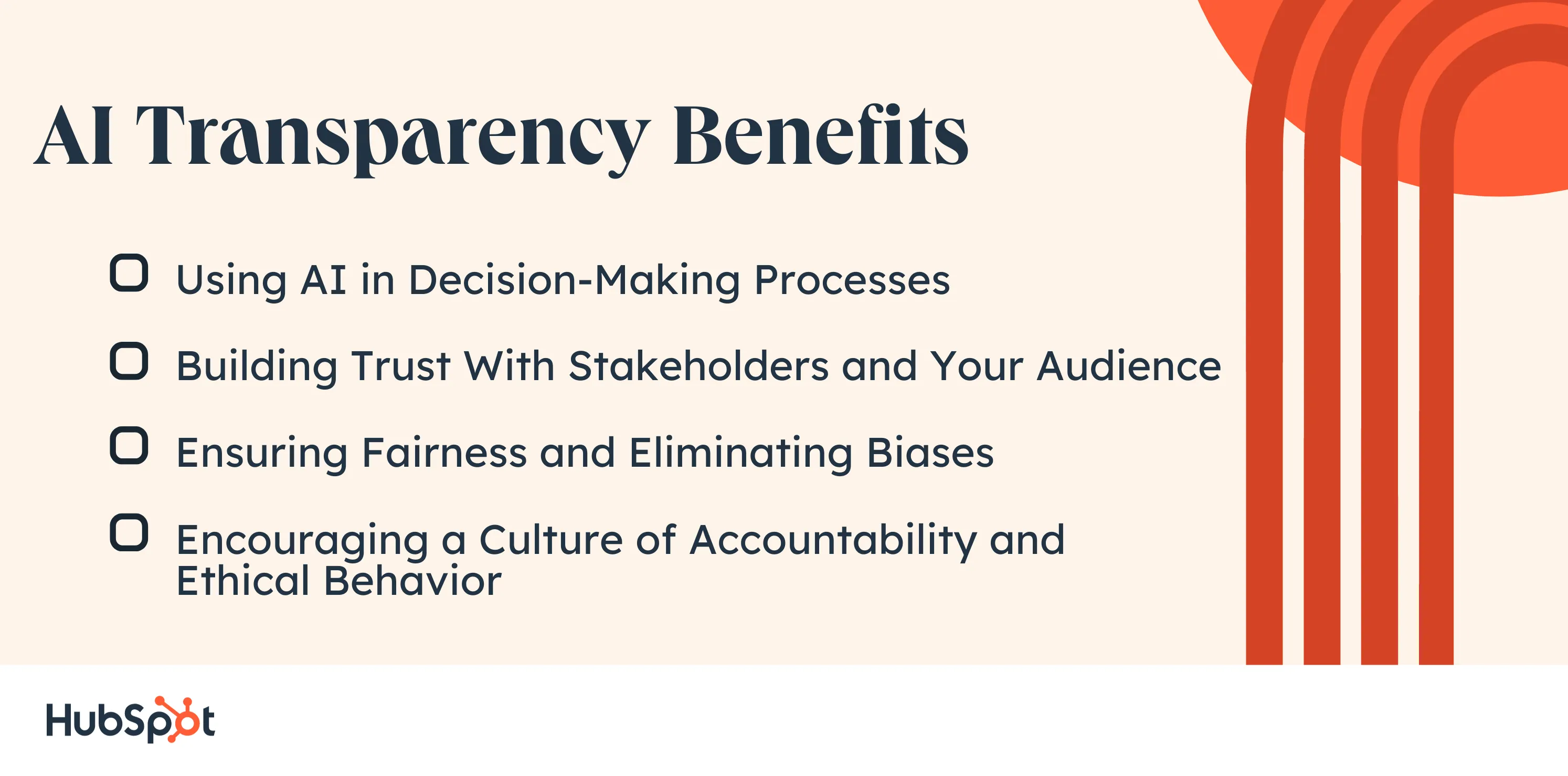
The Increasing Role of AI in Decision-Making Processes
With AI deeply interwoven in our campaigns, shaping audience segmentations, guiding content recommendations, and forecasting consumer behaviors, its significance cannot be understated.
But as we grant AI this expansive decision-making power, there’s a pressing need to demystify its workings.
This is where the principles of explainable AI (XAI) become invaluable. Embracing XAI means we‘re not just relying on AI’s suggestions but also comprehending the rationale behind its choices.
It’s about ensuring our AI marketing strategies are powerful and principled, grounded in transparency and accountability.
Building Trust With Both Internal Stakeholders and the External Audience
It‘s clear that trust in AI isn’t just about external perception — it also resonates deeply within organizations.
A recent Deloitte study shows that employees are voicing their concerns and expecting clarity on how AI integrates with a company’s core values.
Case in point: Google‘s experience with its Pentagon contract. When over 4,000 employees, including prominent AI researchers, raised concerns over AI’s use in warfare technology, it drove the company to reassess its stance, resulting in a value statement emphasizing ethical AI usage.
The episode showcased the profound impact of internal perspectives on company decisions related to AI.
Externally, consumers are no longer passive recipients. They seek a transparent view of a brand’s AI undertakings and how they align with broader company ethics, says Tjeerd Wassenaar, Deloitte Risk Advisory partner focusing on ethics and corporate values.
The questions of “What are your core values?” and “How does your technology resonate with these values?” are paramount. Brands failing to provide clarity risk reputational damage and legal repercussions. Most critically, they stand to lose the trust and loyalty of those who matter most — their customers and their teams.
Ensuring Fairness and Eliminating Biases
Our AI models are only as good as the data they’re trained on. If there’s an inherent AI bias in this training data, the AI will inadvertently reflect it.
Championing AI transparency means we‘re vigilant, ensuring our strategies aren’t unwittingly perpetuating biases — whether they’re related to gender, race, or any other dimension.
A pivotal aspect of this transparency is assessing the outcomes for statistical consistency. Are there groups that are disproportionately represented in the results? If so, the model needs adjustments.
Consider the scenario where an AI designed to screen potential managers is trained on historical data dominated by white males.
The unintentional result? The model might be inclined to view women or people of color as less suitable for leadership roles. This glaring example showcases the repercussions of hidden biases prevalent in AI models.
One of the overarching challenges here is that many datasets in AI black boxes weren’t initially created for AI training. Often, these datasets were gathered for distinct objectives, leading to potential imbalances in AI outcomes.
Remember, despite their sophistication, AI models aren’t inherently designed to identify data biases — our human intervention, backed by a deep understanding of the data context, rectifies such disparities.
Encouraging a Culture of Accountability and Ethical Behavior Within the Organization
As marketers, we‘re not just driving sales — we’re steering the ethical direction of our brands. Embracing AI transparency isn‘t a mere nod to the latest trend — it’s a conscious choice to align with our brand’s core values.
Ensuring accountability and understanding in our AI endeavors doesn’t just resonate with our values — it becomes integral to them.
Now, it‘s essential to realize that transparency isn’t a one-size-fits-all solution.
Companies should calibrate the level of transparency to the audience and the situation. Not every stakeholder needs an intricate breakdown, especially if it risks compromising intellectual property.
However, an elevated degree of transparency might be crucial in high-risk AI applications.
A pivotal starting point in responsible AI initiatives is recognizing all potential stakeholders, both inside and outside the organization. This involves discerning what they need to know to effectively fulfill their roles.
For example, a bank‘s risk manager might require insights into an AI model’s thresholds, while an HR manager could benefit from understanding the weightage of input variables when AI determines candidate scores.
Understanding the ‘why’ behind each stakeholder’s informational needs can illuminate the urgency of transparency for each group.
This recognition can sometimes lead to nuanced decisions about offering or withholding certain information pieces. As these decisions grow in number, integrating them into standardized policies and procedures becomes crucial.
We can’t assume a universal language understanding among our diverse stakeholders. How we communicate AI intricacies to a chief information officer will vary drastically from a CEO to an external regulator.
That’s why it’s crucial for AI teams to collaborate closely with stakeholders, fine-tuning the communication mode and method to each group’s unique needs and proficiencies.
Whether it’s emails, meetings, or even more informal channels, the goal remains consistent: clear, tailored, and effective communication.
How to Create a Transparent AI Policy
Transparency in AI isn‘t just about technology — it’s about aligning AI goals with organizational values, ensuring stakeholder interests are met, and building a culture of openness and accountability.
Step 1: Define and align your AI goals.
First and foremost, determine your AI objectives.
Understand how these goals resonate with your brand‘s mission and values. The commitment to AI transparency should echo throughout the organization’s vision and culture.
Take the time to establish ethical standards guiding AI development, and articulate these values when communicating with your audience and partners.
Step 2: Choose the right methods for transparency.
Every AI project has its unique requirements. Depending on your system’s complexity, you might need specific tools or techniques to ensure transparency.
Whether it’s diving deep into model interpretability, offering comprehensive documentation, or providing regular feedback loops with human experts, choose tools that align with your objectives and foster understanding among your stakeholders.
Step 3: Prioritize transparency throughout the AI lifecycle.
Transparency isn‘t a final touch — it’s a foundational element. Embed transparency practices in every stage, from data collection and modeling to deployment.
Regularly monitoring the AI system, tracking changes, and providing updates are crucial. Ensure that users and stakeholders can easily access and understand the AI system.
Step 4: Continuous monitoring and adaptation.
To keep your AI technologies in check, regularly evaluate their transparency and functionality.
Collect feedback, benchmark against best practices, and always be ready to adapt and refine your approach. It’s vital to be proactive about understanding and addressing any technical or ethical issues that arise.
Step 5: Engage a spectrum of perspectives.
Invite a diverse range of voices into the conversation.
Everyone‘s perspective matters, whether it’s the data scientist crafting the model, the end-user benefiting from it, or the executive making key decisions.
This collective knowledge enriches the AI’s development and alignment with the company’s objectives.
Step 6: Foster a transparent organizational culture.
Finally, transparency should be deeply rooted in the company culture. It‘s more than just a set of protocols — it’s a mindset.
Empower your teams to champion transparency, offering them the resources and training they need. Celebrate milestones in your AI transparency journey, setting a standard for the entire industry.
AI Transparency Best Practices
Ensuring transparency isn‘t just about ethical considerations — it’s also about building a foundation of trust, responsibility, and clarity.
Here are some best practices tailored for marketers.
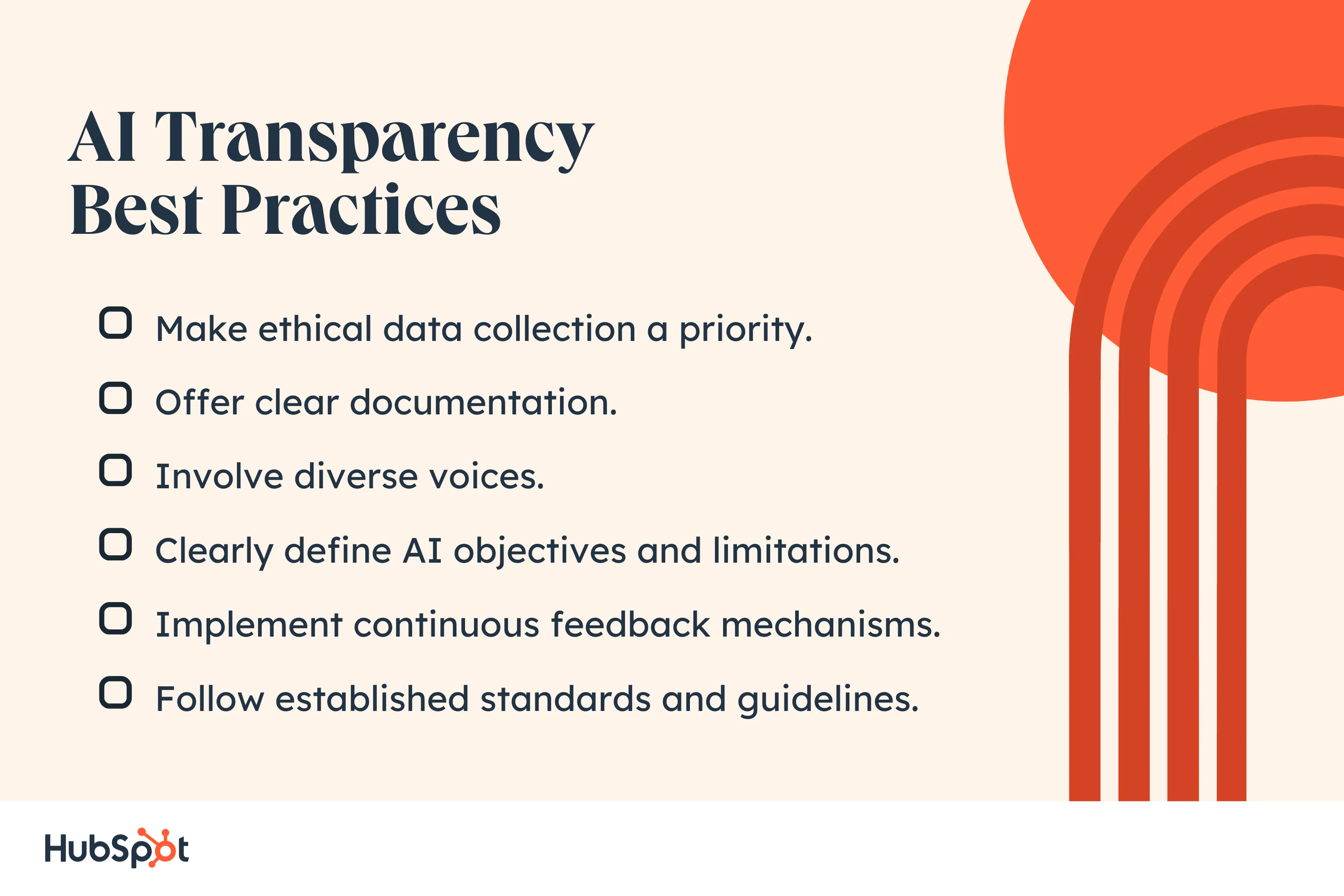
Make ethical data collection a priority.
Quality data is essential. But equally crucial is how that data is collected. Ethical sourcing and unbiased datasets are the cornerstones of a transparent AI system.
Make regular assessments to ensure data remains relevant, unbiased, and truly reflective of diverse perspectives.
Offer clear documentation.
Every decision, every update, every change in your AI system must be well-documented.
Think of it as a detailed record that chronicles your AI’s evolution over time. This documentation ensures that everyone remains informed and aligned, from strategy architects to sales representatives.
Involve diverse voices.
An inclusive approach ensures AI systems are comprehensive and well-rounded.
You enhance the system’s universality and effectiveness by incorporating insights from diverse backgrounds and disciplines.
Clearly define AI objectives and limitations.
Just as a marketing plan has clear objectives and KPIs, so should your AI strategy. Establish its goals, but also define what it won’t do. Regularly revisit these objectives to ensure your AI aligns with your broader organizational mission.
Implement continuous feedback mechanisms.
AI systems require continuous refinement.
Establish open channels for feedback from all users, internal or external. This iterative feedback process ensures that your AI remains effective, relevant, and responsive to real-world challenges.
Remember, true transparency is achieved by listening and acting on the feedback received.
Follow established standards and guidelines.
Navigating the AI landscape also means keeping up with regulatory requirements.
Align your AI practices with industry-specific standards and guidelines.
Familiarize yourself with recognized best practices and remain compliant.
Following set guidelines, such as those provided by institutions like the European Commission, ensures that your AI systems are transparent, trustworthy, and ethically sound.
The Path to AI Transparency
Transparency in AI isn‘t a milestone — it’s an ongoing process. Our State or AI survey found that 64% of marketers believe AI and automation will significantly impact how they do their jobs, making AI transparency more important.
Marketers need to adopt a human-centered design approach to truly integrate transparency into our AI systems, understand our datasets’ limitations, and consistently test our models.
Once deployed, constant monitoring and timely updates are essential to ensure the AI remains aligned with our objectives.
In a tech-driven world, putting humans and transparency at the forefront of our AI strategies will set us apart in a tech-driven world. Let‘s commit to building AI that’s both effective and understandable.
![]()













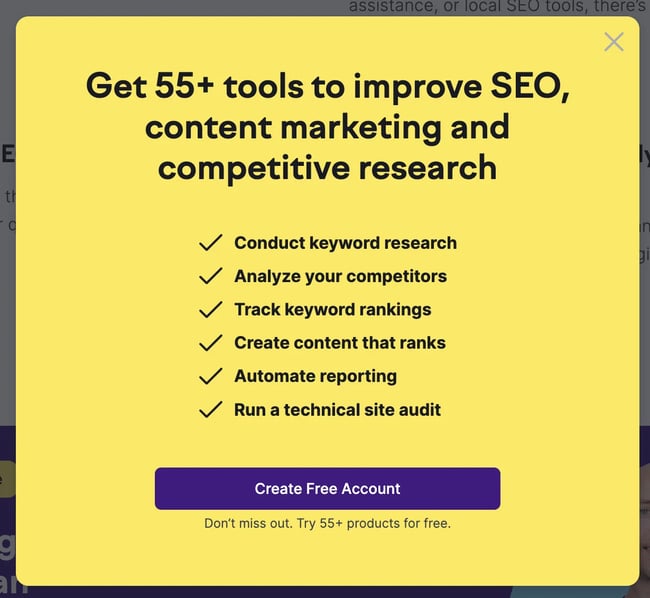
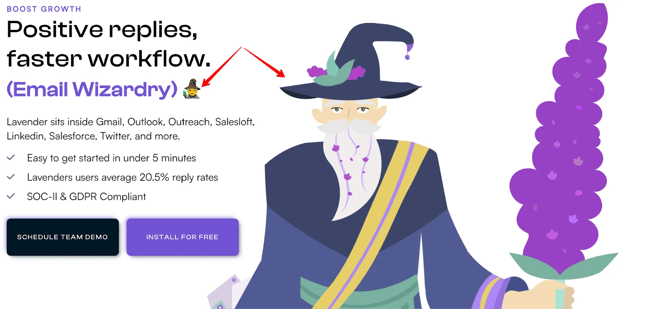



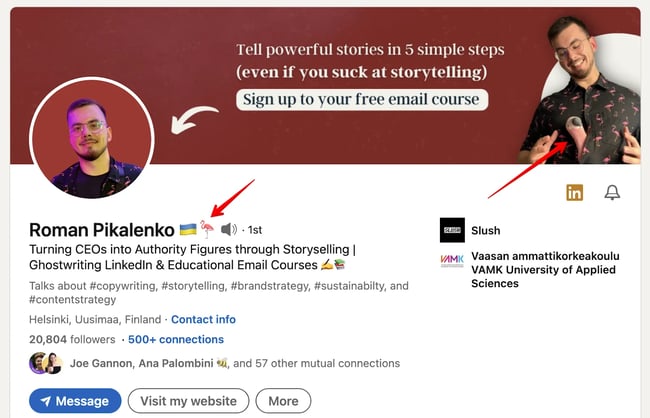

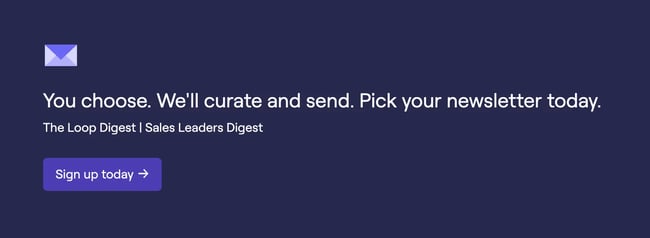
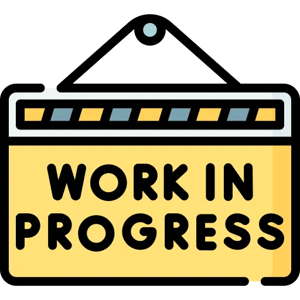
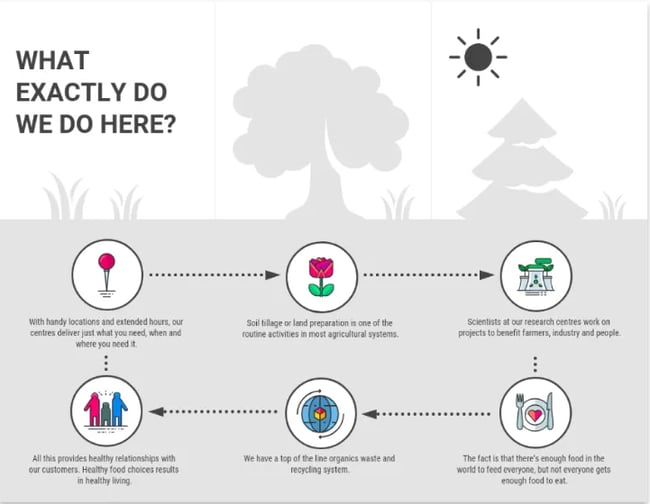
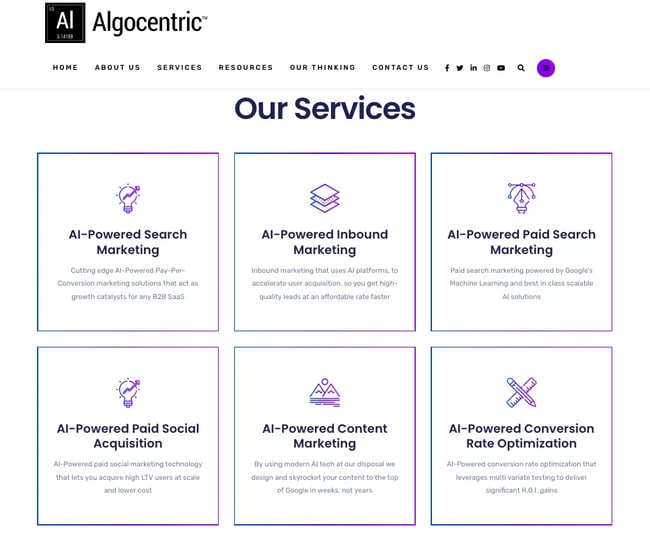
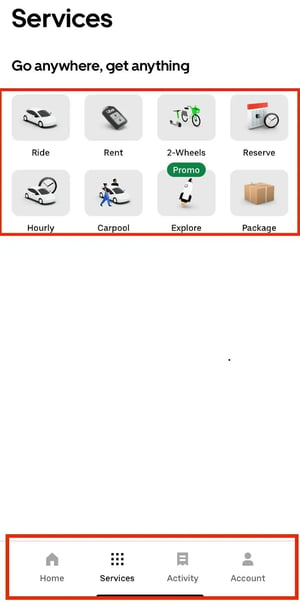
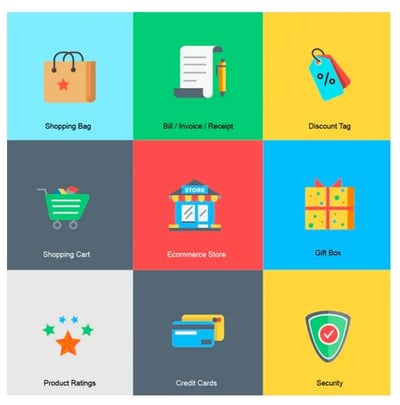

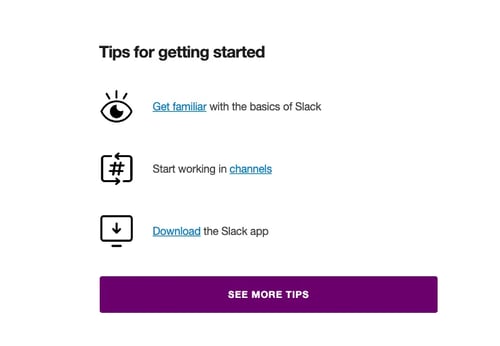

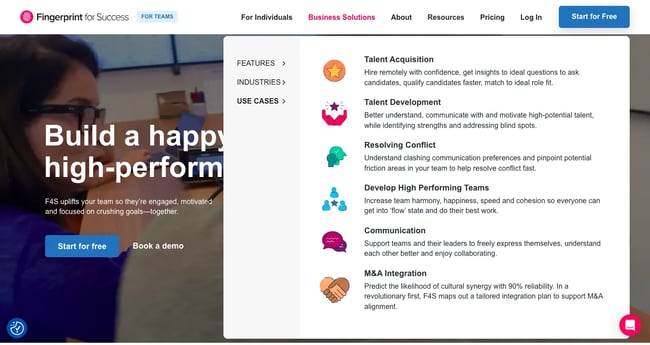

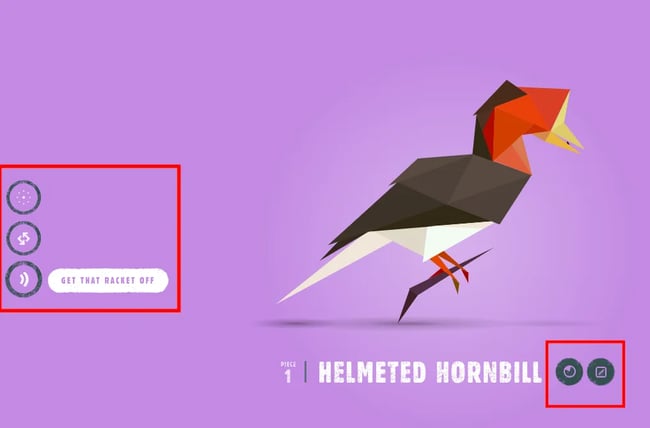









 Price: Free
Price: Free Price: Free
Price: Free



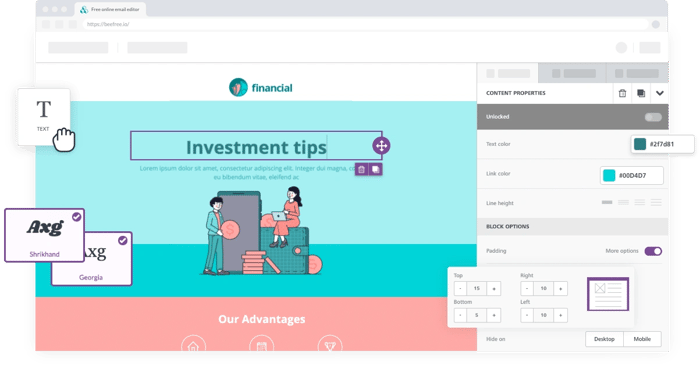



 Price: $9.99 a month
Price: $9.99 a month
 Price: Free
Price: Free

 Price: Free
Price: Free
 Price: $29-25/template
Price: $29-25/template
 Price: $6-23/template
Price: $6-23/template Price: Free
Price: Free Price: Free – $200 per month
Price: Free – $200 per month
 Price: Free – 20.00 per month
Price: Free – 20.00 per month







![Download Now: Free State of Marketing Report [Updated for 2023]](https://i4lead.com/wp-content/uploads/2023/11/b0f73a5e-16e4-41fd-9511-8564efc560a7-1.png)


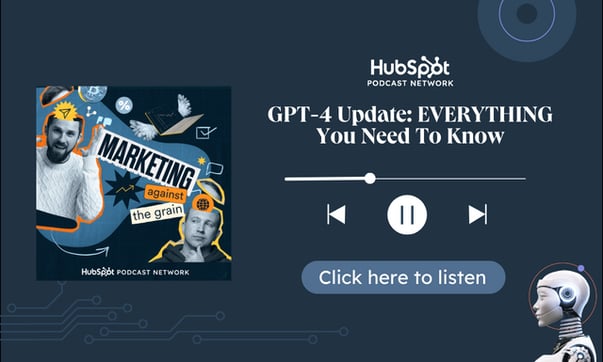

 For example, I prompted ChatSpot to write a follow-up email to a customer asking about how to set up their CRM.
For example, I prompted ChatSpot to write a follow-up email to a customer asking about how to set up their CRM.